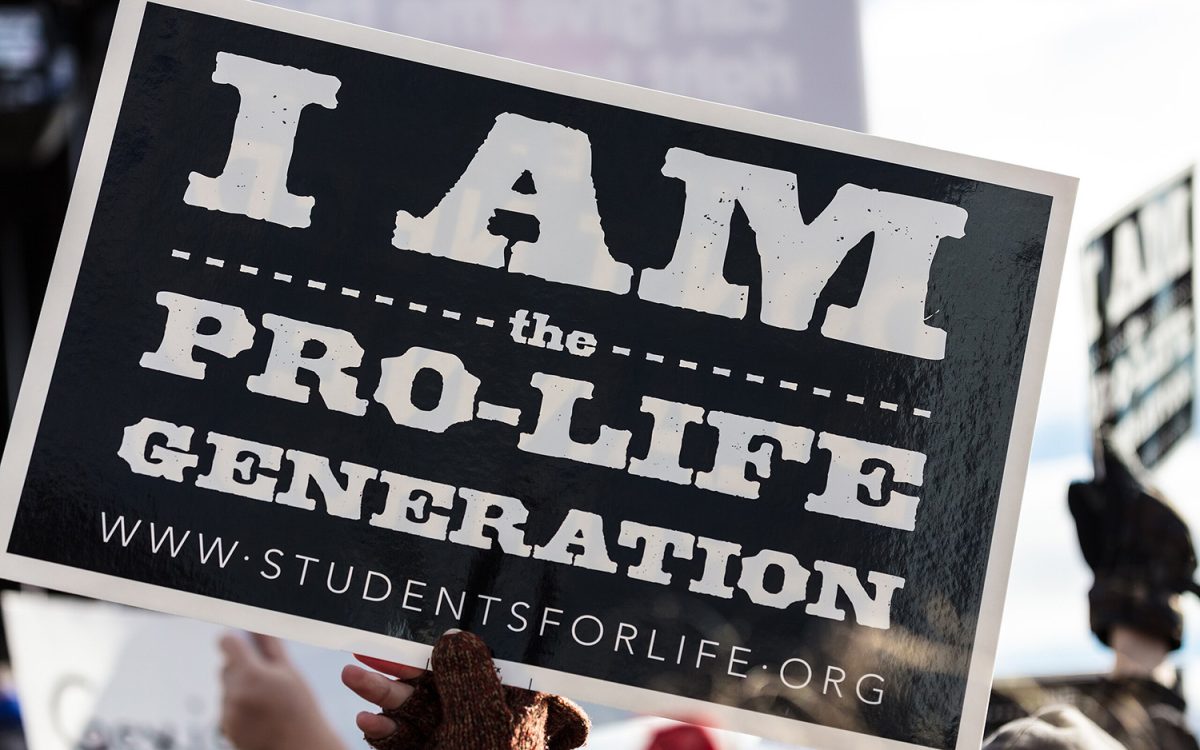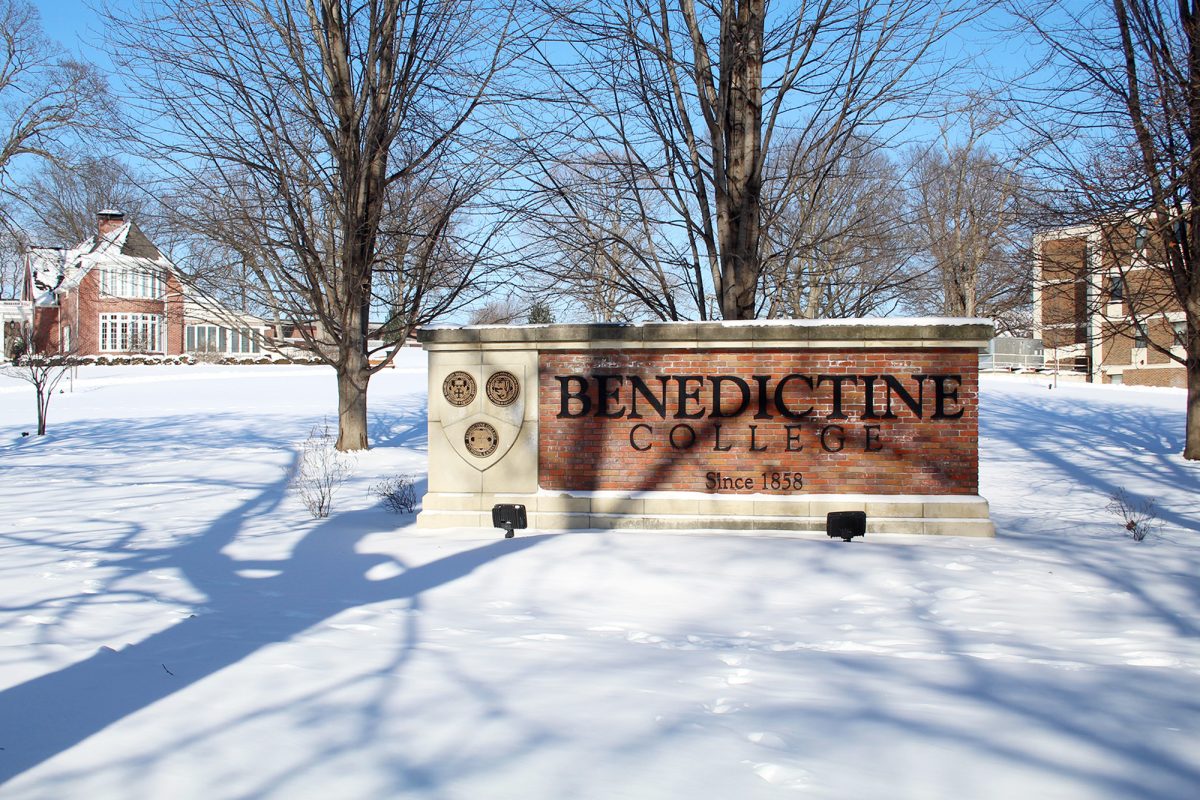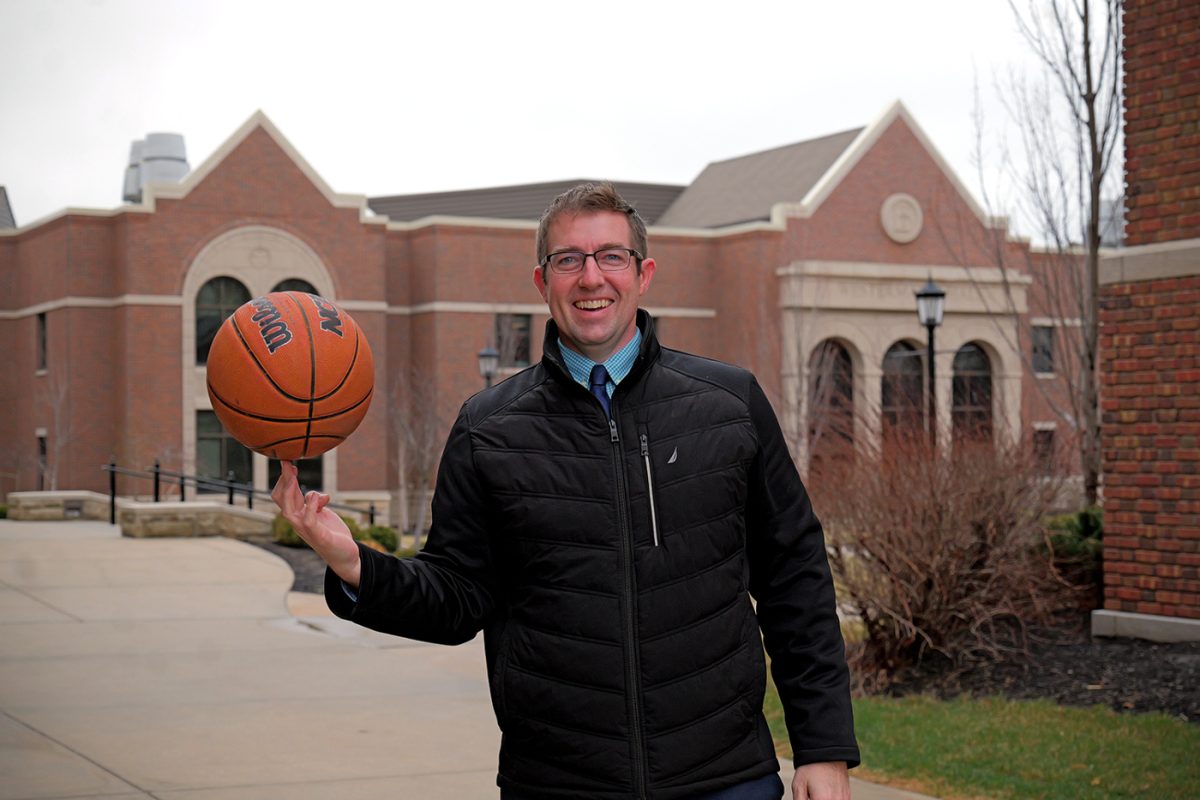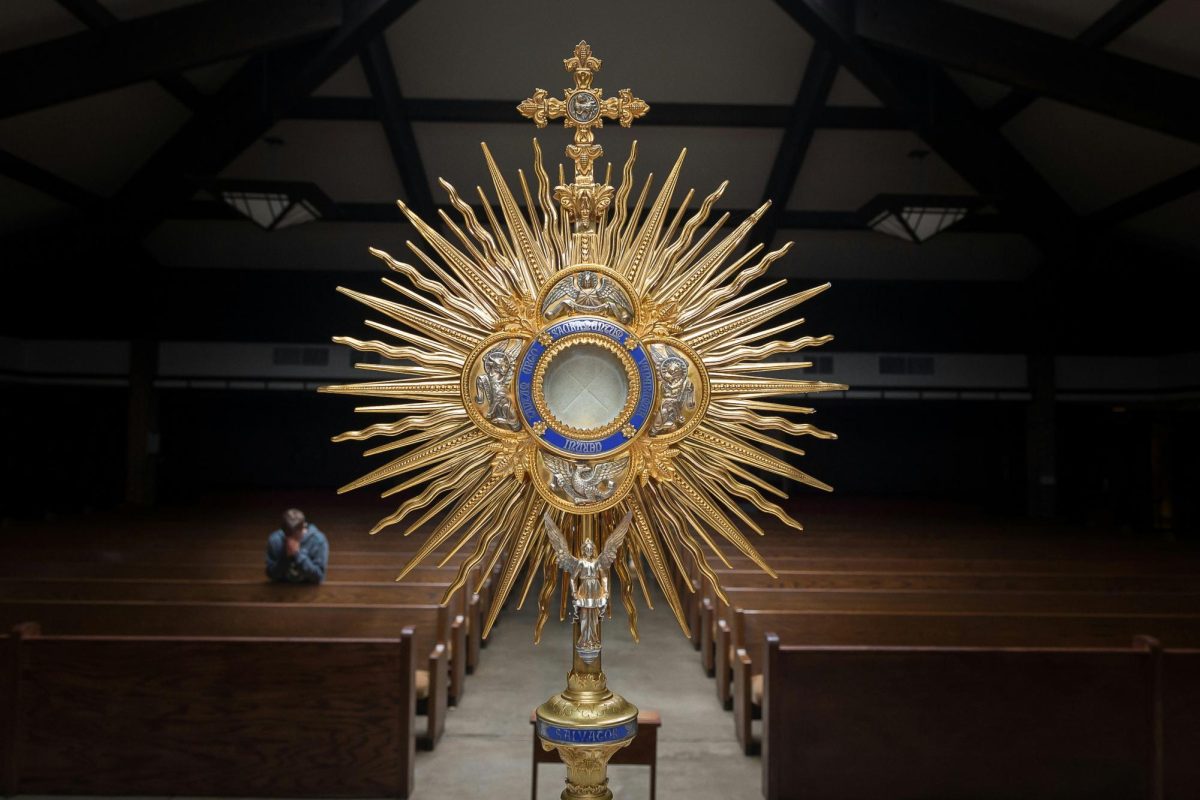As soon as the 12:15 p.m. Christmas Eve Mass concludes, the monks set into motion decorating the Abbey for the upcoming Christmas vigil liturgy. So begins the monks Christmas season, a season that looks vastly different from the secular Christmas season of gifts and Santa Clause that the world offers.
Centered around receiving presents, commercialization, and pointless decorations, the notion of Christmas has become overly secularized. Often it becomes difficult for one to tune out the noise of the Holiday season to focus on the reason why Christians celebrate Christmas: the birth and arrival of Christ, the Messiah.
Sophomore Leo Loomis vividly recalls a day when he was walking through a mall at Christmas and feeling overwhelmed by the aggressive Christmas displays and the jarring advertisements that seemingly inhabited every free surface. The mall became the perfect representation of what the secular Christmas season has become.
“I was at the mall once and I just feel overwhelmed by the secular nature of Christmas It is all the same after a while,” Loomis said. “Everyone is always looking forward to the Christmas season, but it has become so secularized that it has become the same thing. Instead of asking how we are going to serve our family this year, now we are asking what are we going to get this year.”
Contrast the over the top decorations and commercial nature of the Christmas season to the Christmas celebration hosted by the monks every year. For Fr. Marion Charboneau, Christmas at the monastery provides a chance for the monks to relax and celebrate the birth of the savior.
“For us, because of the liturgical nature, Christmas begins Christmas Eve, not in the days leading up to it like in the secular world,” Charboneau said.
Christmas celebration at the abbey centers around two pillars: the liturgies and community. These two are held in high esteem and are sought to be the center of the Christmas celebrations through ensuring that Christmas liturgies reflect an immense sense of reverence and beauty and inviting guests to celebrate Christmas with the monks after Mass.
“For a monk, what you will be doing is that we have to decorate that Church between noon on Christmas Eve and Christmas liturgy of the Hours and vigil,” Charboneau said. “We have the wonderful Christmas Mass and then afterward host people with the usual festivities of Christmas cookies and punch and all that sort of stuff to celebrate.”
This celebration of Christmas reflects the simple yet beautiful lifestyle that the monks strive to live by. For Brother Joe Ryan O.S.B., Christmas Eve serves as a beautiful opportunity for the monks to come together with each other and the wider community.
“We don’t decorate the church until Christmas Eve day, so we all get together and put the Church together. It is just that fun tradition of everybody getting together and decorating. Then that night we invite everybody to come over and celebrate with us and that is a great time.”
In a society that complicates and obstructs the vision of Christmas, people often find that they lose sight of the true meaning of Christmas: Jesus. For Benedictine students like sophomore Tatiana Tawney, they make sure to put their family and faith first when celebrating Christmas to limit worldly distractions.
“My family always goes to the midnight Mass and afterward we come back to our house and have what we call a feast and it is so much fun,” Tawney said. “We come back from Mass at 2 am, everybody is all dressed up and we are sitting around in our living room and we set up this Charcuterie board with all this fun stuff and we talk and hang out for another hour.”
Christmas provides an opportunity to deepen one’s spirituality and communal bonds with others. To do so, one must seek opportunities to prepare for Christmas, and deepen their understanding of what Christmas truly means in the context of the Catholic faith.
Advent serves as an opportunity where Catholics can prepare their hearts for the coming Christmas season and find refuge from the secular Christmas message that the world propagates. The message Christ offers, however, is one of redemption: that He came to save the world from sin and death.
“One of the things you can never separate Christmas from is the notion of redemption,” Charboneau said. “That we needed to be bought back from our slavery to sin, brought back from a state that’s just not acceptable to God. Christmas isn’t going to be much and Christ is not going to have much significance to you if you do not recognize this need to be saved.”
















































